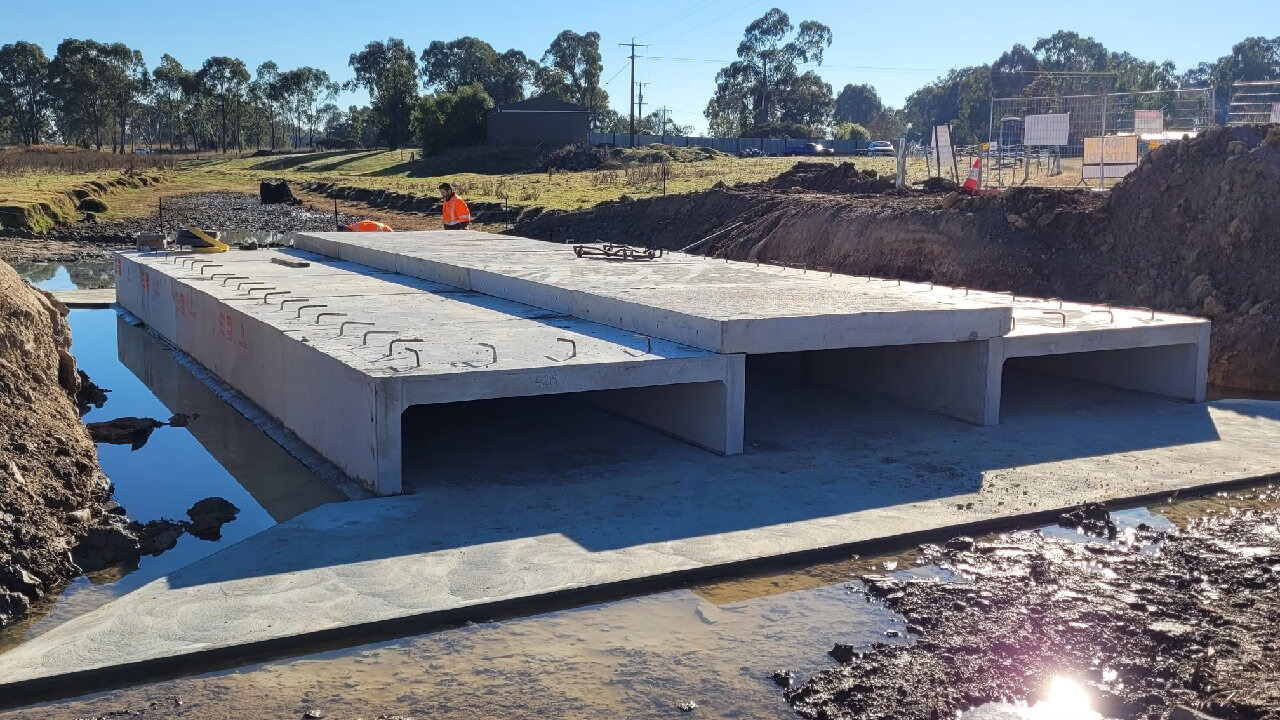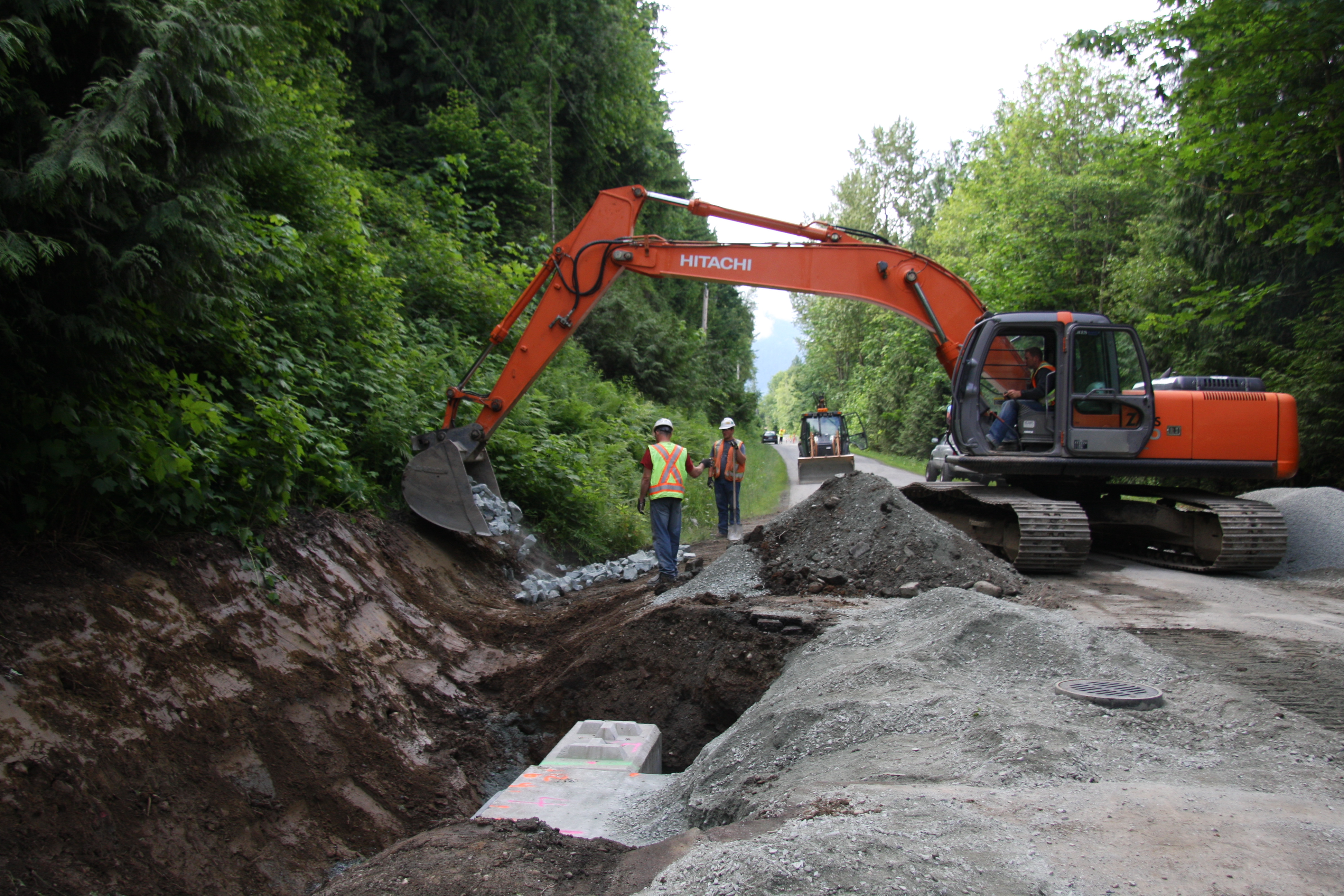Mastering Culvert Setup: Boost Your Land Drainage Initiatives
From selecting the ideal products to implementing finest techniques, understanding culvert installation can dramatically improve the performance and longevity of your land drainage system. By understanding the ins and outs of culvert setup, you can maximize your drain initiatives and make sure lasting land usage practices.
Significance of Culvert Installation
Ensuring proper culvert installation is paramount for maintaining effective land drainage systems. Culverts play a critical role in taking care of water circulation, preventing erosion, and preserving the structural integrity of roadways, bridges, and various other infrastructure. Correct setup of culverts assists to funnel water away from roadways and structures, minimizing the risk of flooding and water damages. Additionally, well-installed culverts aid in stopping debris buildup, which can result in clogs and decreased water circulation.
Correct Sizing and Positioning

Appropriate positioning of culverts is equally important. Culverts must be placed at the most affordable factor of the location calling for drain to ensure effective water flow. Additionally, they must be mounted perpendicular to the all-natural slope of the land to stop clogs and enable smooth water passage. Strategic placement can assist stop waterlogging, soil disintegration, and roadway damage, guaranteeing the long life and performance of the land water drainage system.
Material Option Tips
Selecting the right products is extremely important in making certain the toughness and capability of culverts for effective land drain systems. When selecting products for culvert installation, it is critical to take into consideration elements such as the water flow rate, dirt composition, and ecological problems of the website.
Among the most typical materials used for culverts is corrugated steel (Tree removal). Corrugated metal culverts are durable, affordable, and simple to mount. They are suitable click site for locations with high water flow prices and can stand up to hefty loads. Another prominent alternative is concrete culverts, which provide outstanding toughness and long life. Concrete culverts are excellent for areas vulnerable to deterioration or when a longer life span is wanted.
For environmentally sensitive areas, plastic culverts might be favored. Plastic culverts are light-weight, resistant to deterioration, and very easy to deliver and mount. They are also understood for their smooth interior, which assists to preserve efficient water circulation. Furthermore, in locations her explanation where natural visual appeals are necessary, materials like rock or wood can be made use of to build culverts that mix effortlessly into the surroundings. Eventually, the selection of material ought to be based on a detailed analysis of the specific demands and conditions of the land drainage project.
Setup Techniques and Ideal Practices
Offered the crucial importance of product selection in ensuring the performance and longevity of culverts, the installation strategies and ideal techniques play a critical role in the general success of land water drainage systems. Appropriate installment is key to avoid problems such as leaks, collapses, or blockages that can endanger the efficiency of the culvert.

During installation, treatment has to be taken to line up the culvert correctly and supply proper support to avoid contortion. Backfilling should be done slowly and compacted in layers to avoid gaps and negotiation. Correct compaction is necessary to avoid changing or sinking of the culvert with time.

Upkeep and Long-Term Care
Carrying out a thorough maintenance plan is necessary for ensuring the durability and reliable performance of culverts in land water drainage systems. Cleaning particles such as leaves, branches, and sediment is crucial to stop obstructing and preserve the flow capability of the culvert.
Routine maintenance jobs may consist of cleaning, repairing joints, enhancing inlet and electrical outlet structures, and guaranteeing appropriate incline and positioning of the culvert. Keeping comprehensive documents of maintenance tasks, assessments, and repair work is essential for tracking the problem of the culvert over time and planning future upkeep needs.
Final Thought
In verdict, grasping culvert installation is important for efficient land water drainage. By adhering to best practices and carrying out long-term treatment approaches, landowners can improve their drainage efforts and guarantee the longevity and functionality of their culverts (Tree removal).